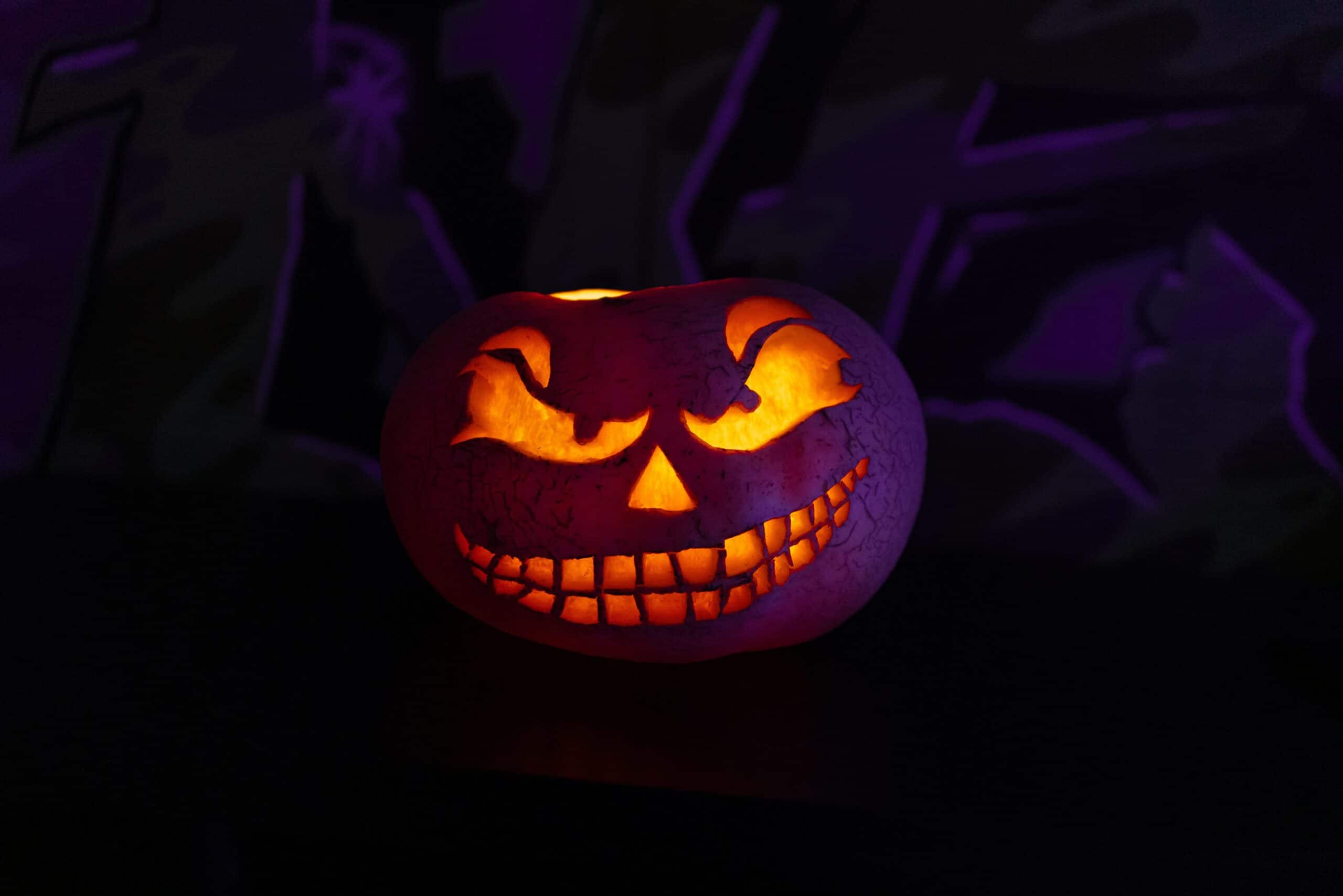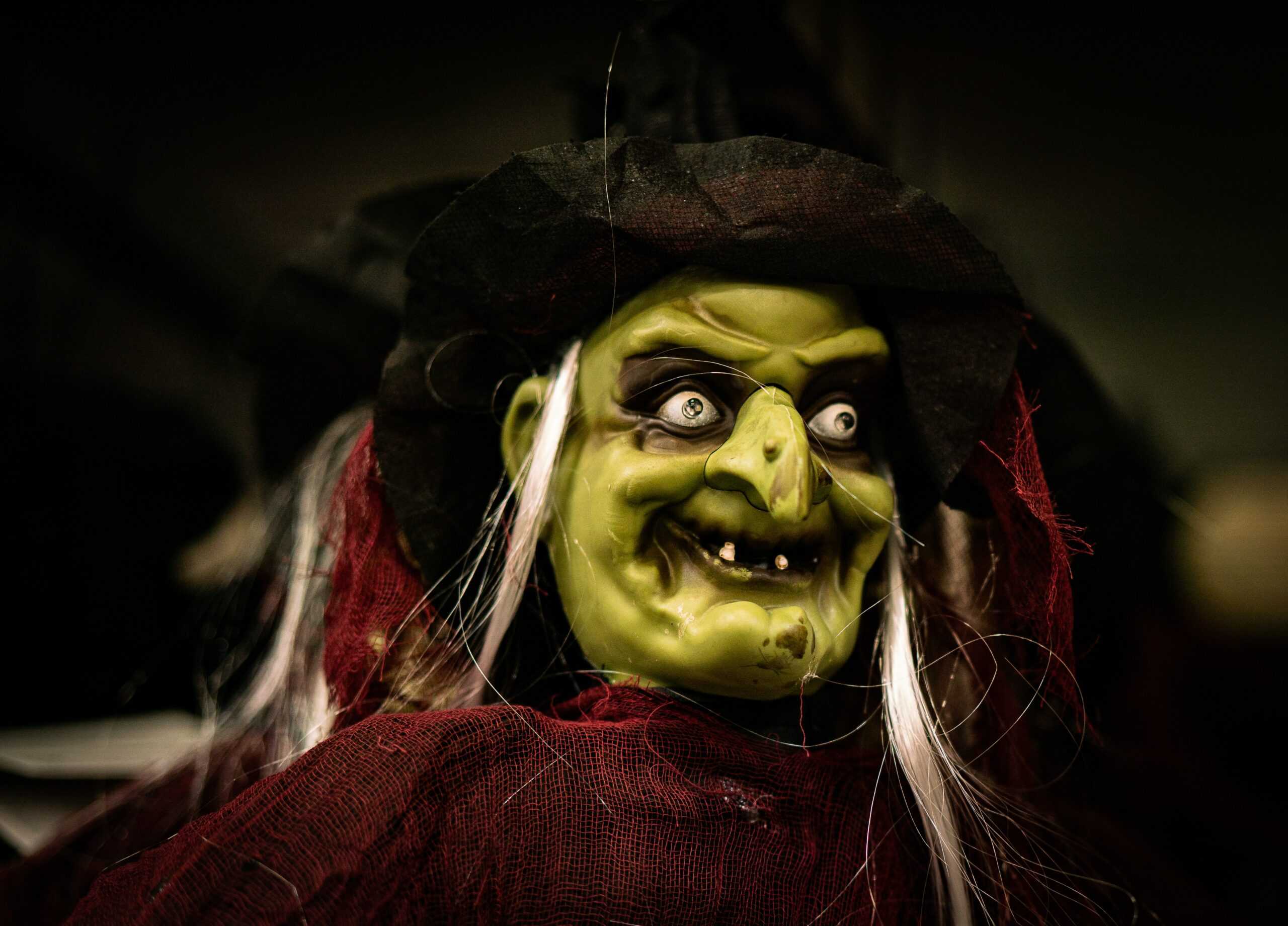The History of Halloween

If you’re feeling a shiver creeping up your spine, it might be because the spooky season is just around the corner. That’s right; it’s once again time to dust the cobwebs off (or keep them on) your favorite Halloween garb.
From pumpkin carving & consuming copious amounts of candy to the numerous Halloween events, this holiday is packed with so much family fun that there’s almost no time to stop and wonder how the festivities began in the first place. Get ready, because we’re digging up the roots of your favorite Halloween traditions, just in time for the harrowing holiday.
Where did Halloween begin?
As it turns out, Halloween is much older than most people think. And although it’s strongly associated with American culture, its roots are European.
Our Halloween origin story begins roughly 2,000 years ago in Celtic Ireland and Scotland. Most scholars believe that the ancient festival of Samhain is the direct ancestor of the holiday we’ve come to know as Halloween. Many of the traditions we indulge in today are derived from the pagan festival.
During Samhain, ancient Celts gathered to commemorate the end of the harvest and celebrate the beginning of a new year. It was commonly held that during this time, the veil between the living world and that of the dead lifted, and spirits and lost souls were free to roam the earth. Observers commonly lit bonfires and made food offerings to honor the dead.
The festival was later adopted into Christian tradition in honor of the patron saints. Way back in the eighth century, Pope Gregory III declared November 1st All Saint’s Day, and the night before was coined “All Hallows Eve.” Sound familiar? Halloween is combination of “hallow,” meaning “saint,” and “eve.”
The tradition was later brought over to North America by Irish and Scottish immigrants, where it became one of the biggest commercial holidays in existence. Today, one-quarter of all candy sold in the U.S. annually goes towards Halloween.
Were there always costumes?
Halloween costumes also date back to the ancient festival of Samhain. However, they were a far cry from the superheroes and pop culture icons we see today. In fact, costumes worn during Samhain may have simply been animal hides.
It’s believed that during the festivities, people donned costumes to confuse the demons and spirits set free at that time. It’s also said that festival-goers wore costumes to play pranks on each other without fear of retribution. It’s commonly believed that villagers would dress up as spirits to blame any pranks they pulled on the wandering souls. So, it seems Halloween has always involved “tricks.” But when did the treats come in?

Surely the history of Halloween must be filled with trick or treating, right?
While villagers played pranks on one another during Samhain, the first semblance of trick or treating as we know it didn’t appear until much later. It’s said that Christian observers of All Saint’s Day went door to door in costumes, reciting songs and verses and seeking “soul cakes,” a treat similar to a biscuit.
Irish pranksters soon co-opted the tradition, dressing up in scary costumes to spook the neighbors, who would offer “treats” in hopes of being immune to the pranksters’ “tricks.”
In the 1900s, families began handing out candy, and thus was born the trick or treating we know and love today.
How did that pumpkin end up with a face on it?
No fruit or vegetable shines brighter than the pumpkin during Halloween, but this wasn’t always the case. The first “jack o’ lantern” was actually carved into a turnip as part of a popular Celtic practice of etching faces into round fruits and vegetables. The carved vegetables also doubled as lanterns during Samhain. But exactly how we got the name “jack o’ lantern” is up for debate.
Spooky stories and tall tales abound when it comes to the origins of the jack o’ lantern. One theory suggests the pre-Christian practice of head veneration popularized the Halloween tradition. The jack o’ lantern apparently represented the severed heads of enemies taken as war trophies. Another theory takes us to the legend of Stingy Jack and his deal with the devil.
Whatever the true origin story, jack o’ lanterns seem to have a grim history perfectly suited to the sinister spirit of Halloween.
Was Halloween always about the scares?
Our journey through the past tells us that Halloween was always about the morbid, macabre, and downright terrifying. The holiday’s links to the occult were seemingly even stronger in the past than they are today.
Halloween has since snowballed into the world’s biggest spookfest. Whether you celebrate Halloween by dressing up, carving pumpkins, or indulging in a spine-tingling horror flick, remember that you have a humble pagan festival to thank for all of the frightening festivities.
